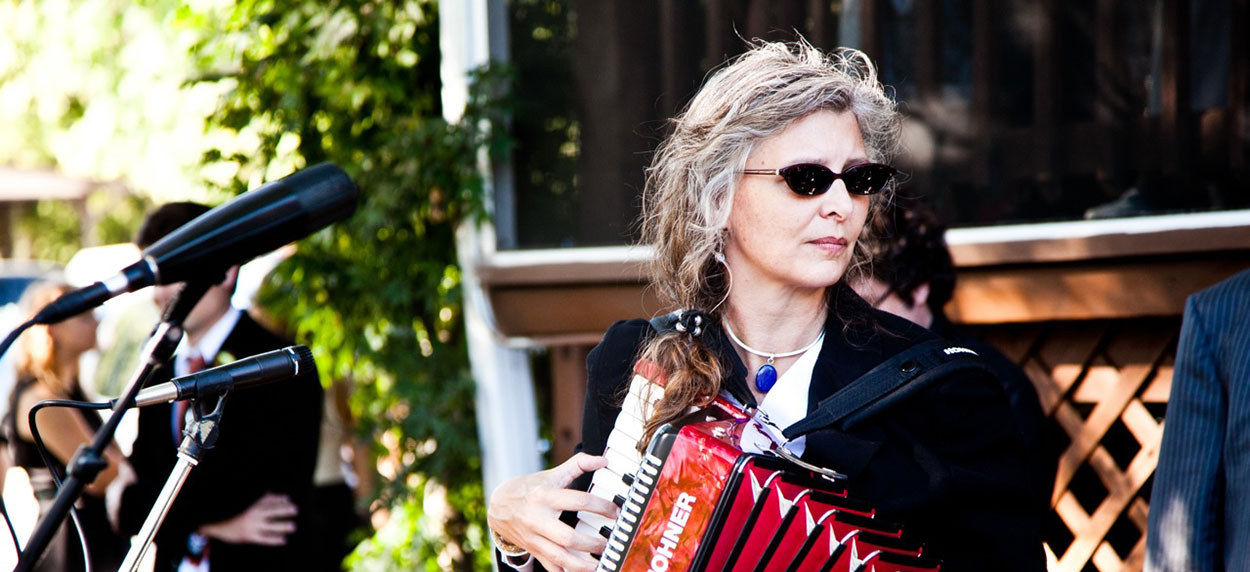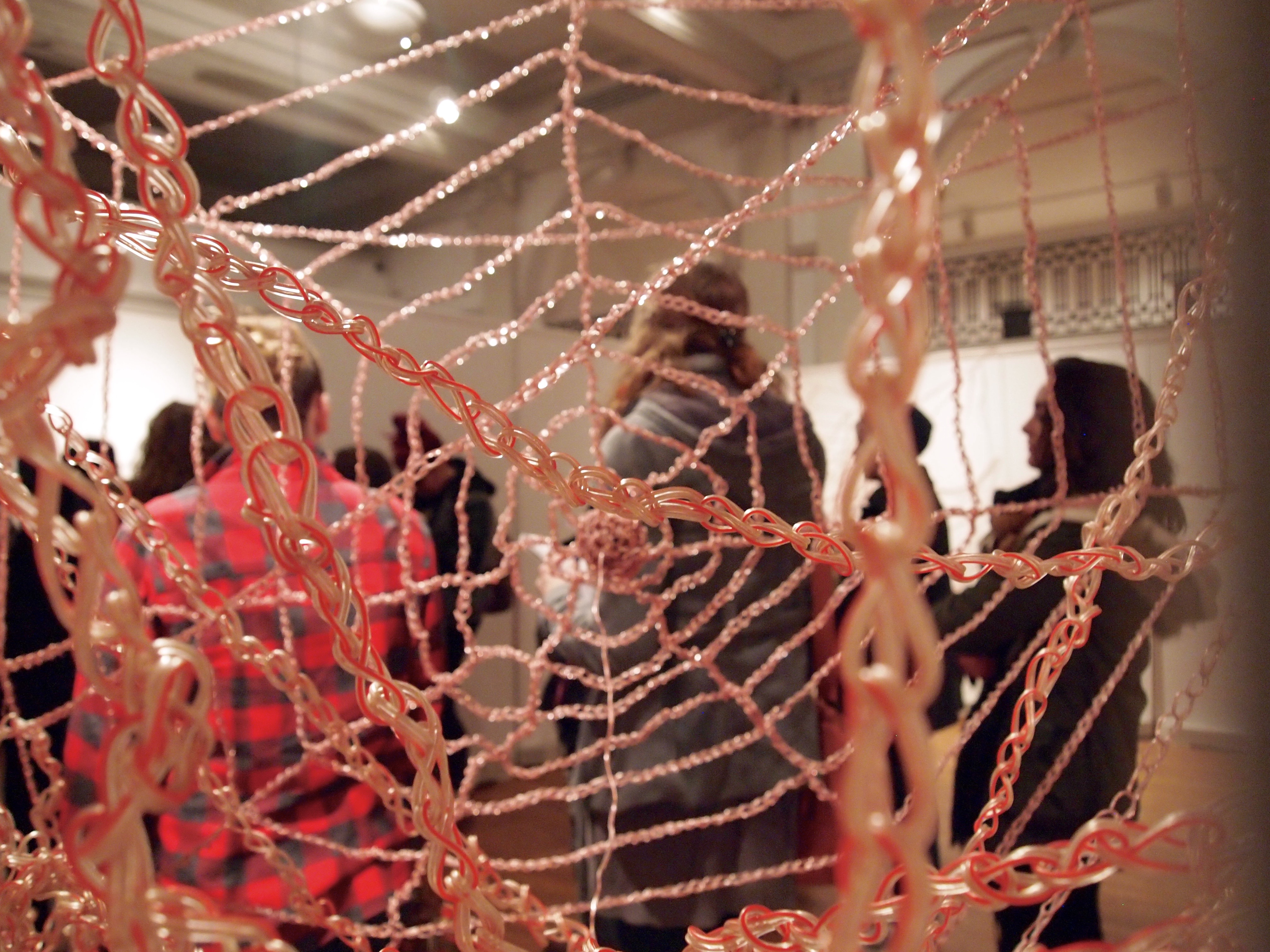The East Side Works Collaborative Invests in Baltimore through the Act of Making and Selling Artwork by Cara Ober
Collectively, artists Maxine Taylor and Kini Collins possess 50+ years of experience in making and selling artwork. After Taylor curated the Artscape Gallery Network exhibit Cross This Line, which paired more established and lesser known artists at Max Gallery, an exhibition space based in her home, the seed for East Side Works was launched.
As artists and longtime Baltimore citizens, Collins and Taylor felt strongly that their experience could benefit others here, specifically African-American artists with less access to resources for the arts. They invited several participants from the Artscape exhibit to become the first class of East Side Works. With a small grant from the Abell Foundation, a crowd-funding campaign, and logistical help from Pastor Gary Dittman of Amazing Grace Lutheran Church, Taylor and Collins were able to launch the program in December 2015.
“Kini and I independently worked to connect with inner city adults,” says Taylor. “Although I knew Kini as a neighbor and fellow artist, we didn’t work together until ESW became our reality. I wanted to extend the energy and communication happening in the Cross This Line exhibition. Kini was aware of my plans and desires and she proposed introducing the work force development proposal with these artists as a core for developing a common project.”

“East Side Works is in the business of helping artists go into business,” explains Collins. “There are two components, the co-creation of a business over the course of 14 weeks, and then individual mentorships to launch each artists’ own business.”
“ESW is an opportunity for inner city adults to have a shared learning experience with two artists who have developed their own tools for success, created businesses, and were able to create their own opportunities,” says Taylor. The organization is currently a collaboration of seven people, working together to conduct research, and designing, producing and selling hand made products.
When they first conceived the program, the group developed its mission: “To produce affordable and trusted hand-made products that are created locally in East Baltimore by a diverse, collaborative workforce.” And once they decided on a business philosophy, they focused on using recycled and repurposed materials. The group created prototypes, held a focus group and went into production.

“ESW is structured as a collective,” says Collins. “We are all owners of ESW and all paid minimum wage for each hour worked.” Although they use a curriculum that Collins devised, Taylor and Collins work side by side with Alexis Dixon and Alexandra Friend, two young women who just graduated from college, Frank Stewart-El, a man in his 30’s who is the primary care-taker of his children, and Ronald Rucker, a retiree from the Baltimore City Schools Custodial Service. An additional participant of the inaugural group had to drop out of the program for personal reasons.
ESW member Alexandra Friend is a Baltimore-based artist, social entrepreneur, and student pursing a masters at the University of Baltimore. She functions as the head designer of the ESW jewelry line and brings experience in community outreach and the business of art to the program.
“As an artist, I’ve seen the benefit of not only creating artwork, but work that involves the community around it,” Friend says. “I’ve grown to realize that this is indeed possible, that you can fulfill both your own needs as well as the big picture.” Friend was instrumental in bringing another participant, Alexis Dixon, to the program.
A visual artist and native of Baltimore City, Alexis Dixon’s work has been influenced by her own inner city experiences has been shown in various exhibitions both within and outside of the city. A recent graduate of Bowie State University, she spent much of her time assisting with exhibitions and shows at Bowie State’s Fine Arts Gallery. She hopes to take these experiences and in the future curate exhibitions relating to the culture in Baltimore City.

“As an artist and a maker, East Side works has definitely taught me to be WAY more attentive to my craftsmanship,” says Dixon. “Also, I’ve become more aware of creating in a way that friendly and beneficial to the environment and community.”
Friend continues, “From my experiences, I have never seen artists come together in this capacity to actually produce and profit collectively. From the view of an entrepreneur, this project addresses the social issue of employment, specifically for an artist.”
Dixon agrees. “Learning how to create my own small business has been a great part of East Side Works. Down the line, if I decide to create my own business, East Side Works has given me the basic tools and knowledge to do so. Also, collaborating with other artists and creatives through brainstorming sessions has aided and taught me in my own artistic and maker practice.”

While members express enthusiastic positive accolades for their experience in the program, Collins admits that measuring the goals set are difficult to measure while the program is still evolving. However, she cites her own personal enrichment through relationships with the members of the group as a sign that it is working.
“This is more than just a feel-good thing, ” says Collins. “I believe that the slow, steady work of dismantling racism in Baltimore will only be successful by building genuine friendships. As for economic impact, ESW is modeled on the micro-loan concept of empowering people on an individual basis. ESW has given our artists the tools, confidence, and contacts to make substantial changes in their futures, which will have an effect on their families and communities.”
In addition to developing economic opportunities, ESW desires to educate local consumers about developing a local market for environmentally-friendly handmade goods and to create numerous opportunities for Baltimoreans to purchase and support the cause. So far the group has focused on creating affordable, handmade fine crafts out of recycled materials. Their products include jewelry, candle holders, clocks, tea towels, domino sets, trivets, and guitar straps.

“Each handmade piece coming out of East Side Works has had a previous and unique story of its own within the city, way before it got into [our] hands,” says Dixon. “This makes the products more meaningful and personal to Baltimore. Hopefully our collective prompts other makers and artists to create pieces that are reused and recycled. Thus, creating a culture that values handmade vs. factory-made products and economically benefitting small businesses.”
As East Side Works, and other programs like it, continue to shape and educate makers and consumers on an interpersonal and intimate level, these steady and incremental changes are already leading participants to their next step. Looking ahead, Collins says, “I would love to be able to fund another class of East Side Works, working with five new artists. I would doubly love if someone would take the concept and create a West Side, North Side, or South Side Works.”
Taylor agrees. “I want ESW to develop into an annual or quarterly opportunity for sharing communication and knowledge through the tool of making a business. For bringing all communities together through the making and selling of products.”
Whether or not the organization grows to include more members and in other parts of Baltimore, it’s definitely serving as an impetus for education, art-making, income, and relationship-building for its current inaugural group.
“Two wonderful artist/entrepreneurs initiated a project that created stable opportunity for nearly five other people,” Friend says enthusiastically. “Now, imagine if society operated in this sort of collective thinking. All I can say is East Side Works … Works!!”
You can come out and support the new organization at their first Rollout Party this Friday night at The Laughing Pint.
Author Cara Ober is Founding Editor at BmoreArt.
Photo credits: Maxine Taylor, Alexis Dixon, and Alexandra Friend









